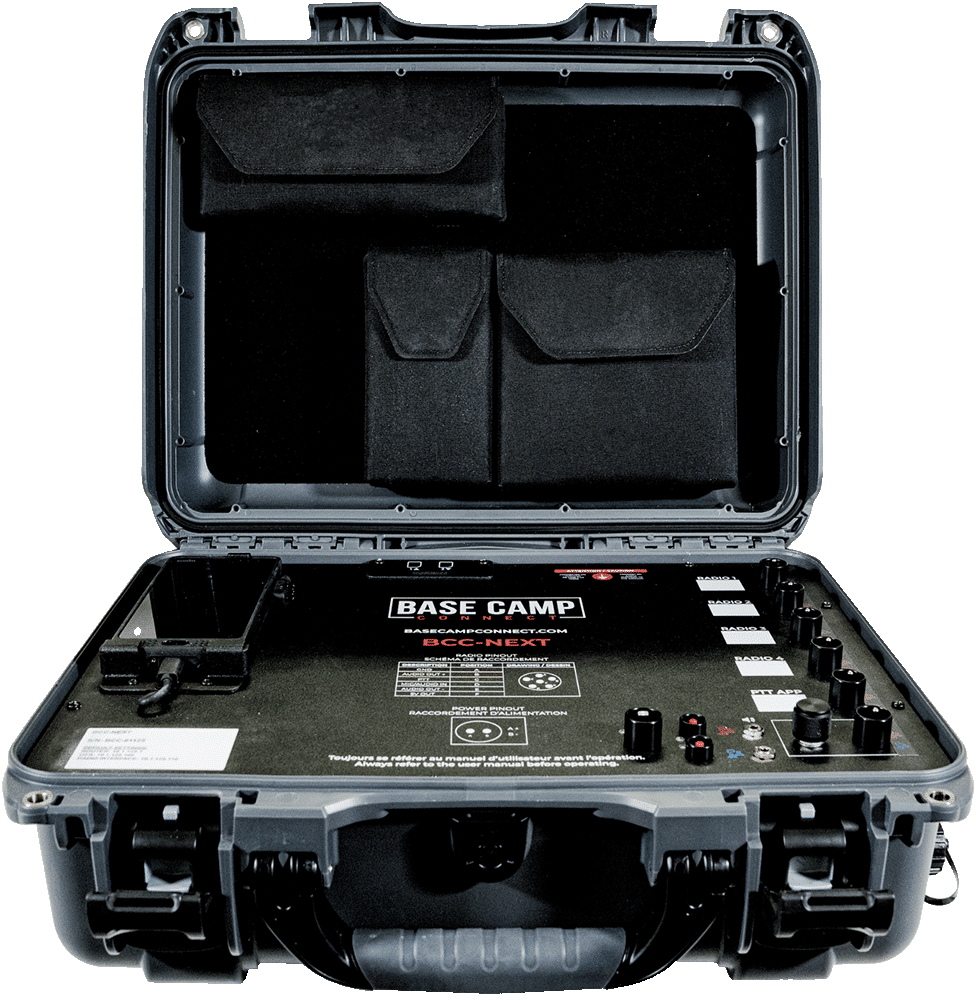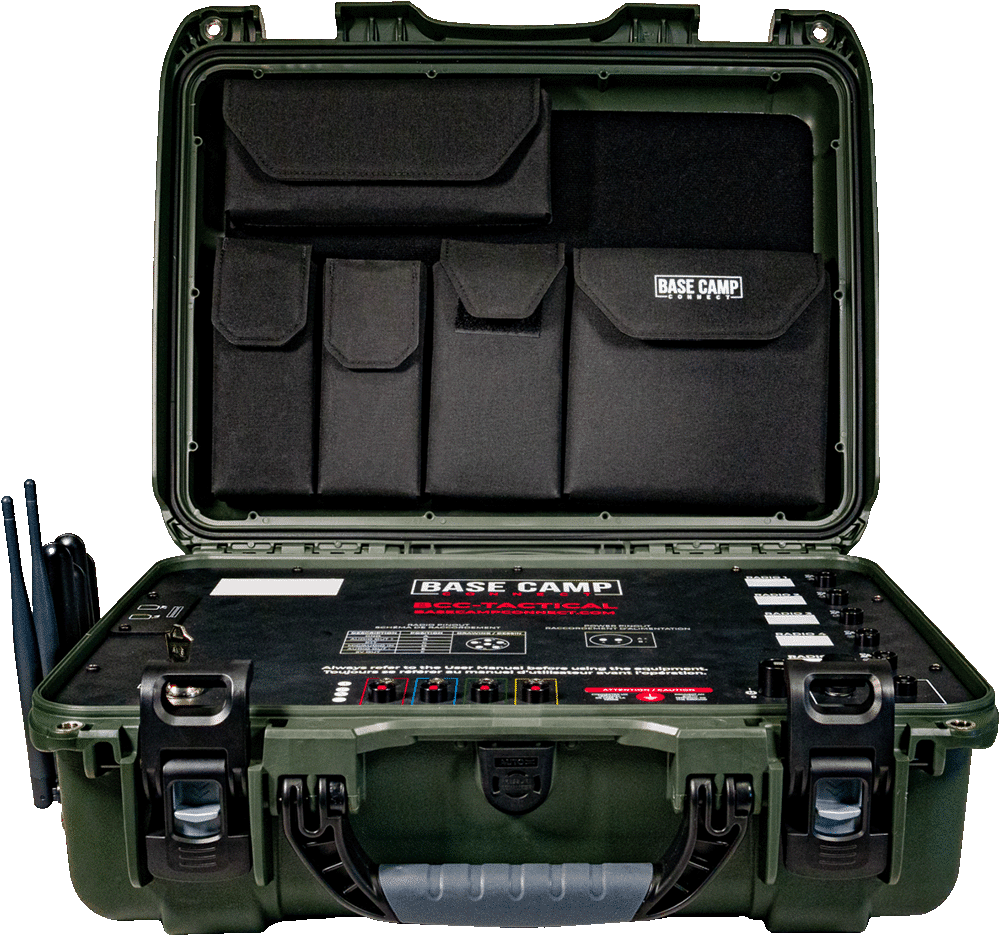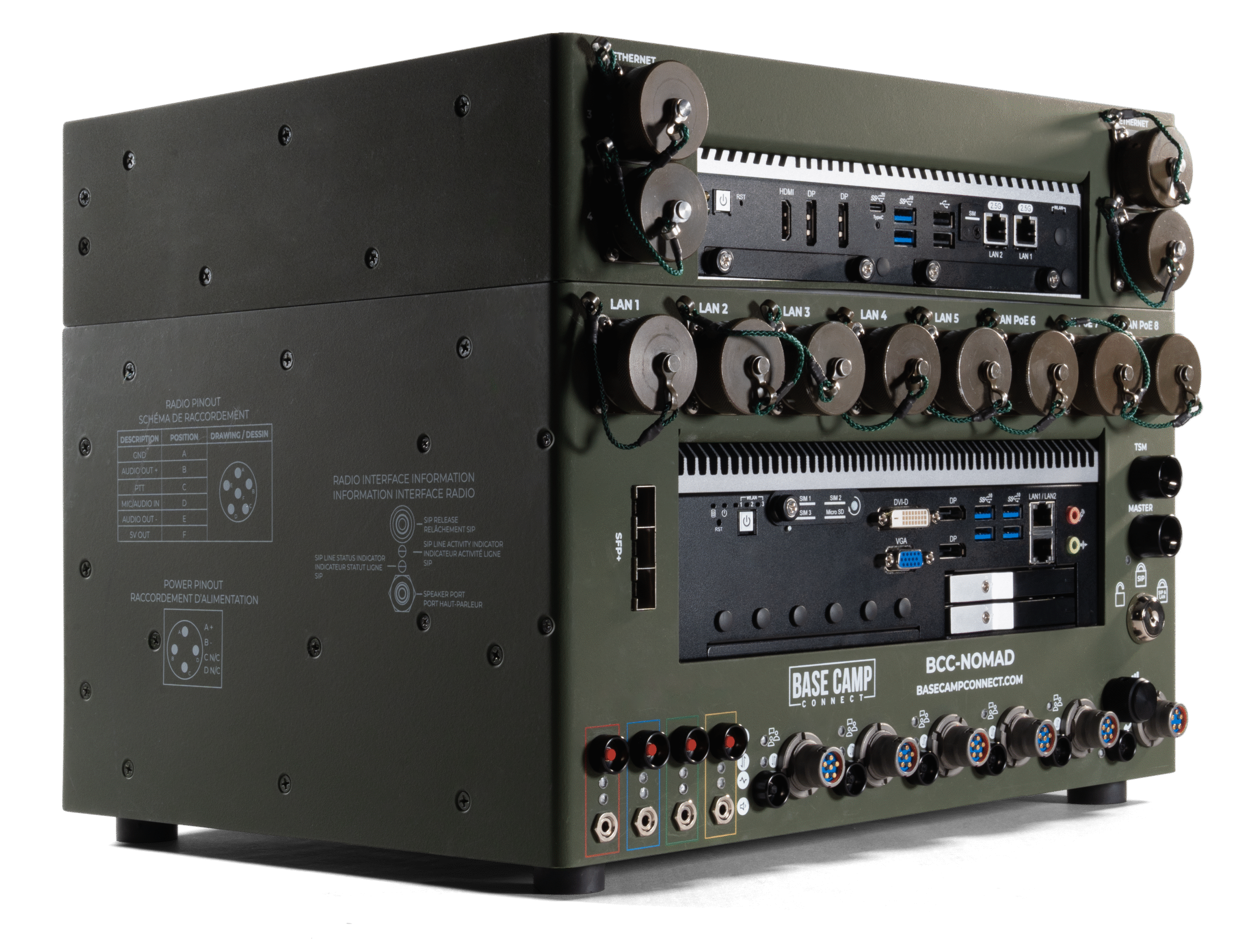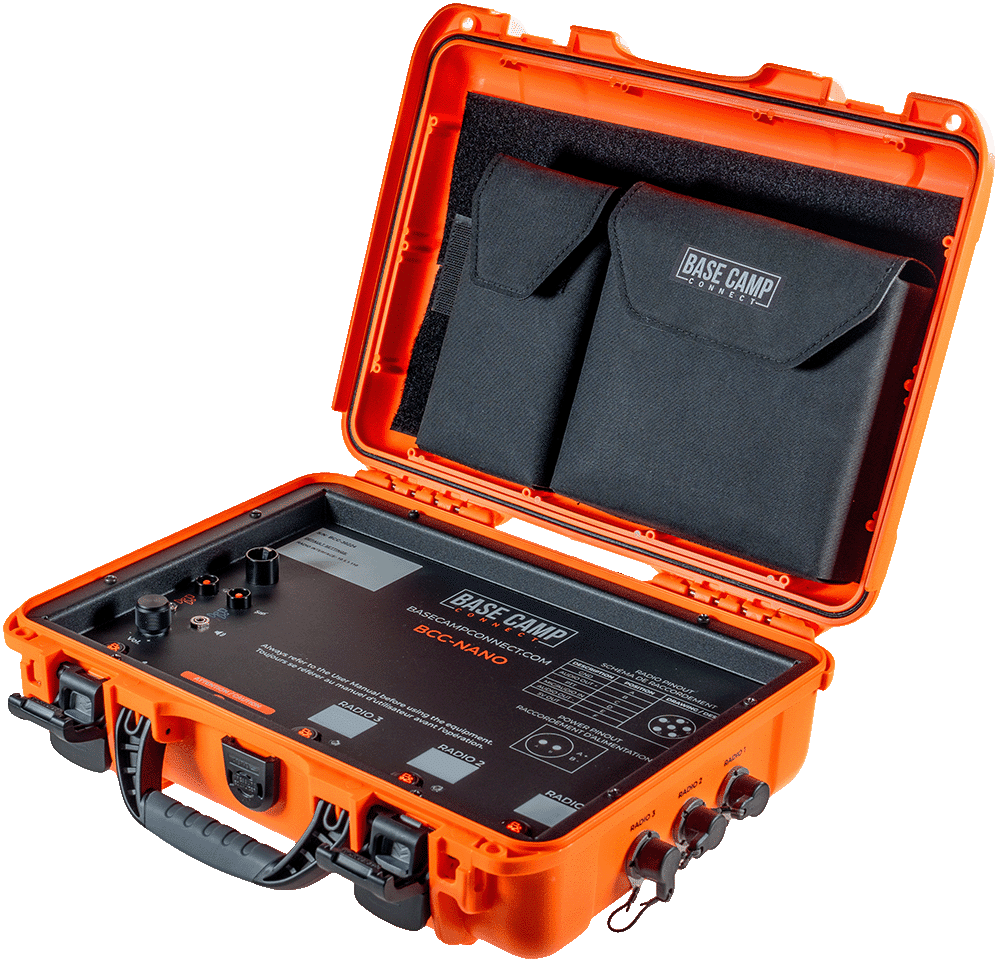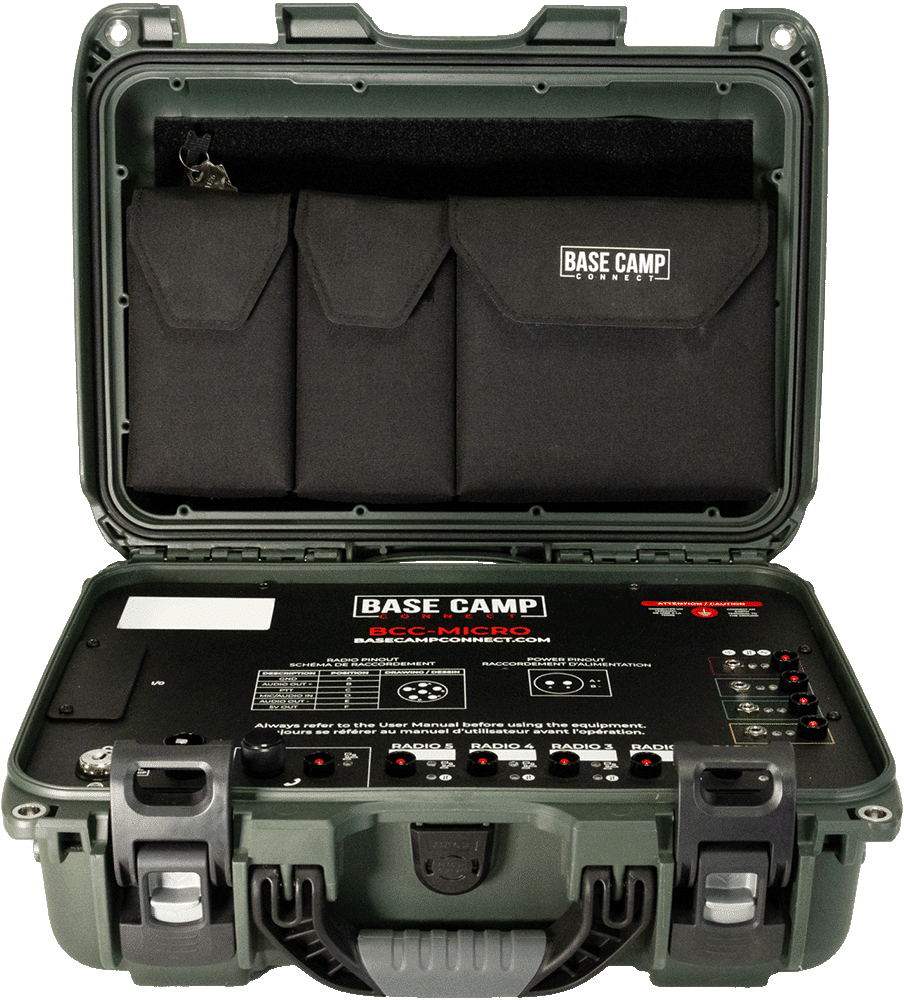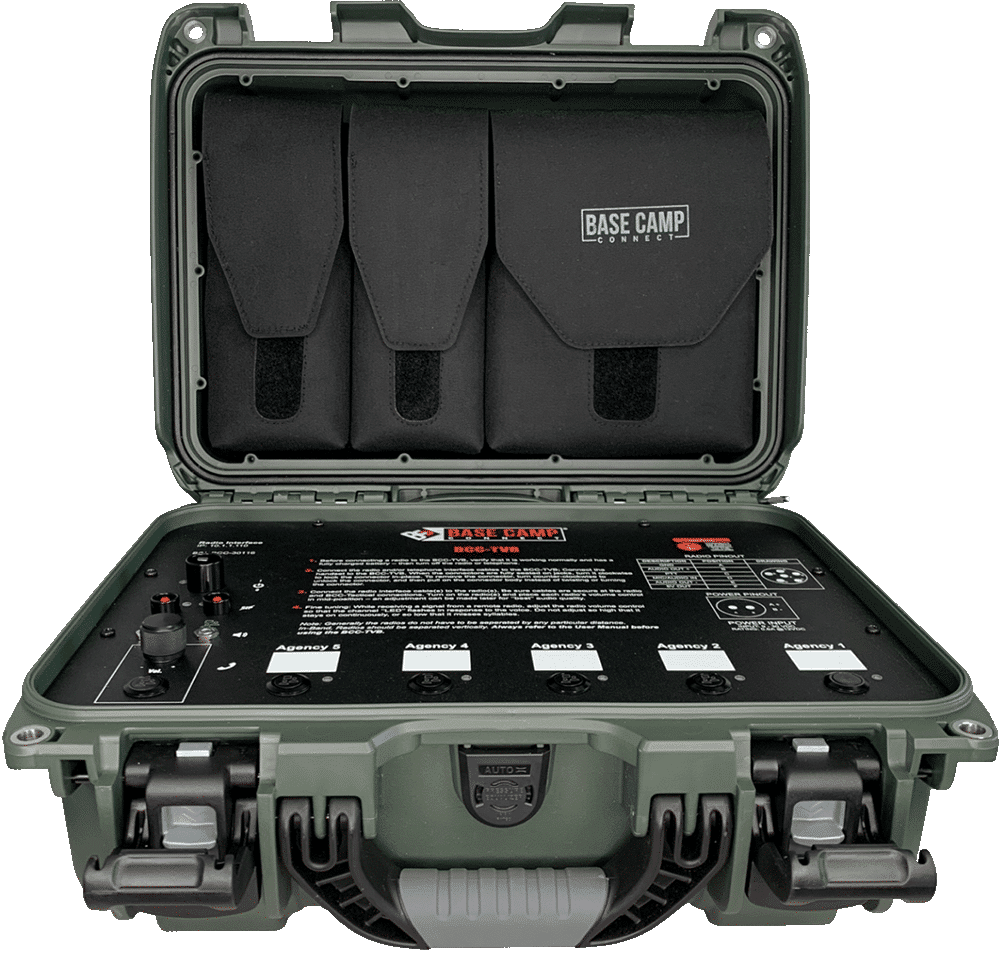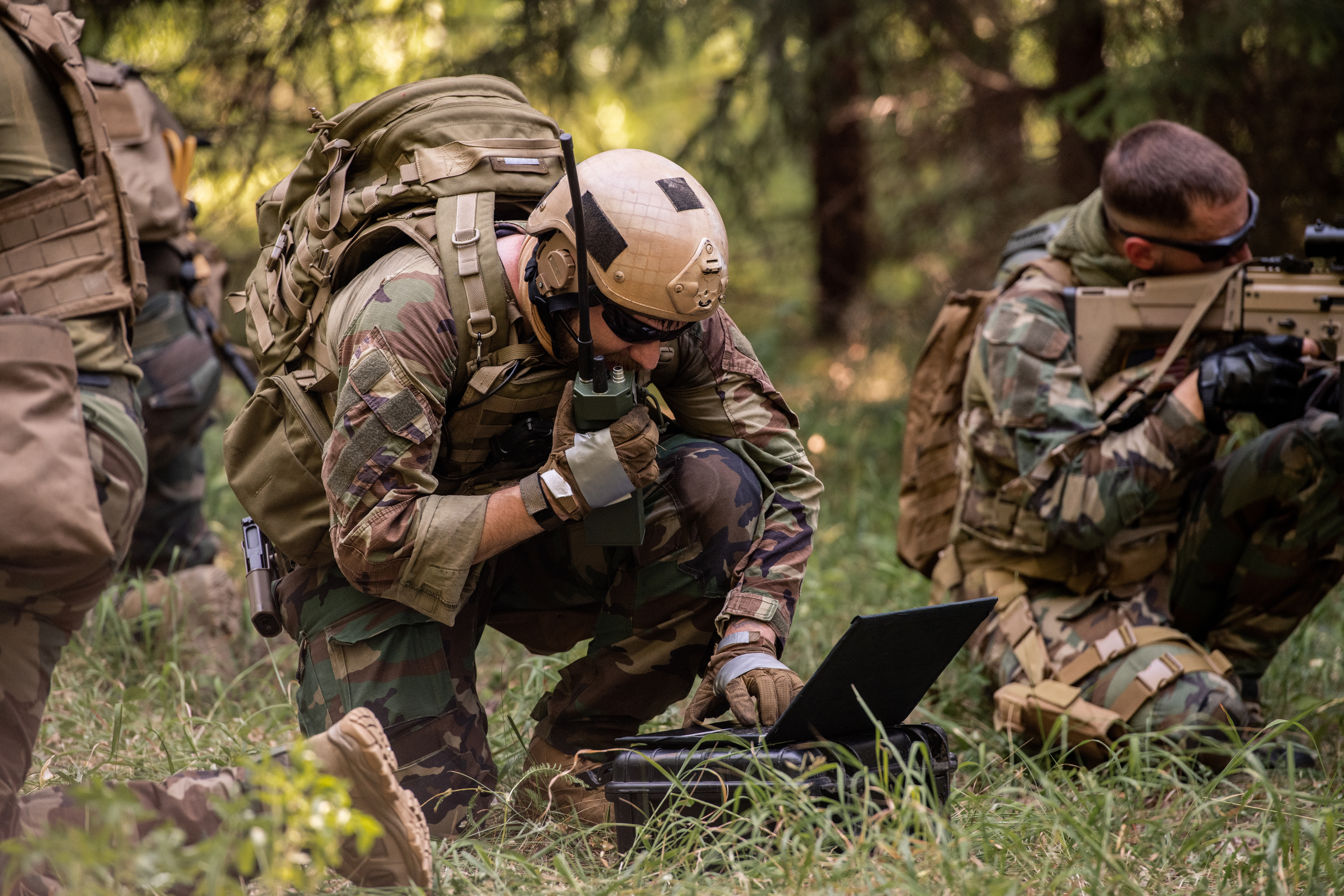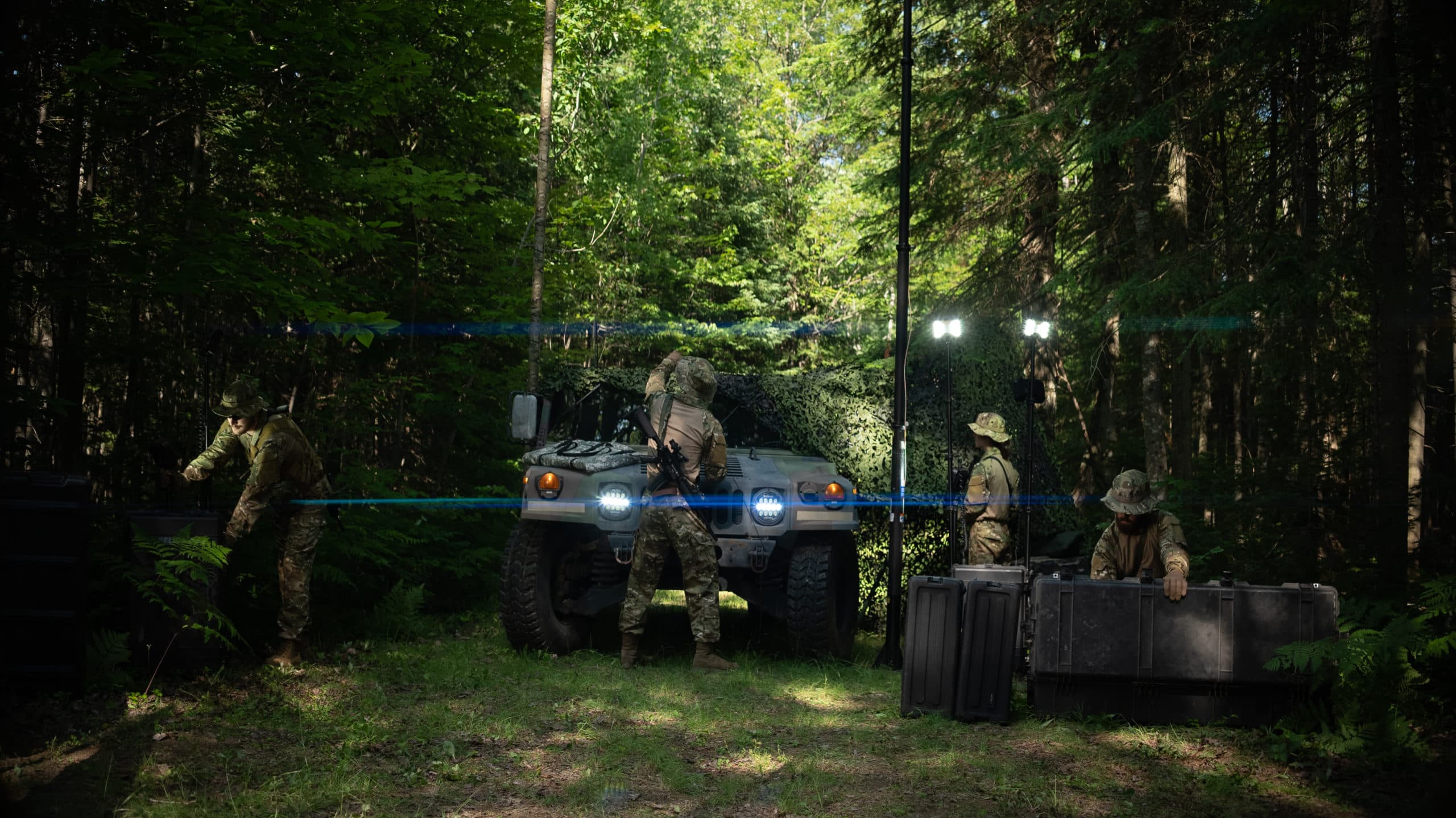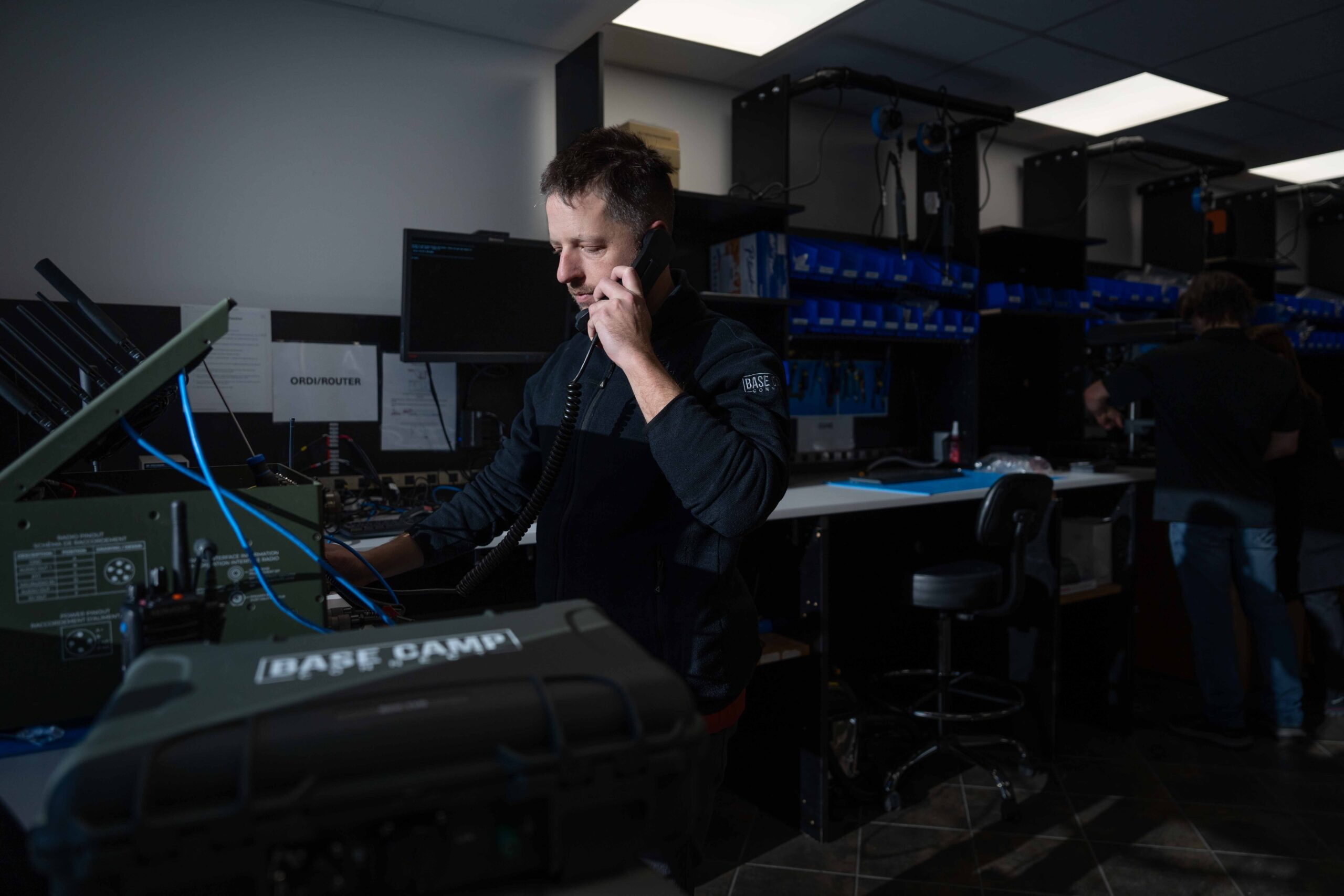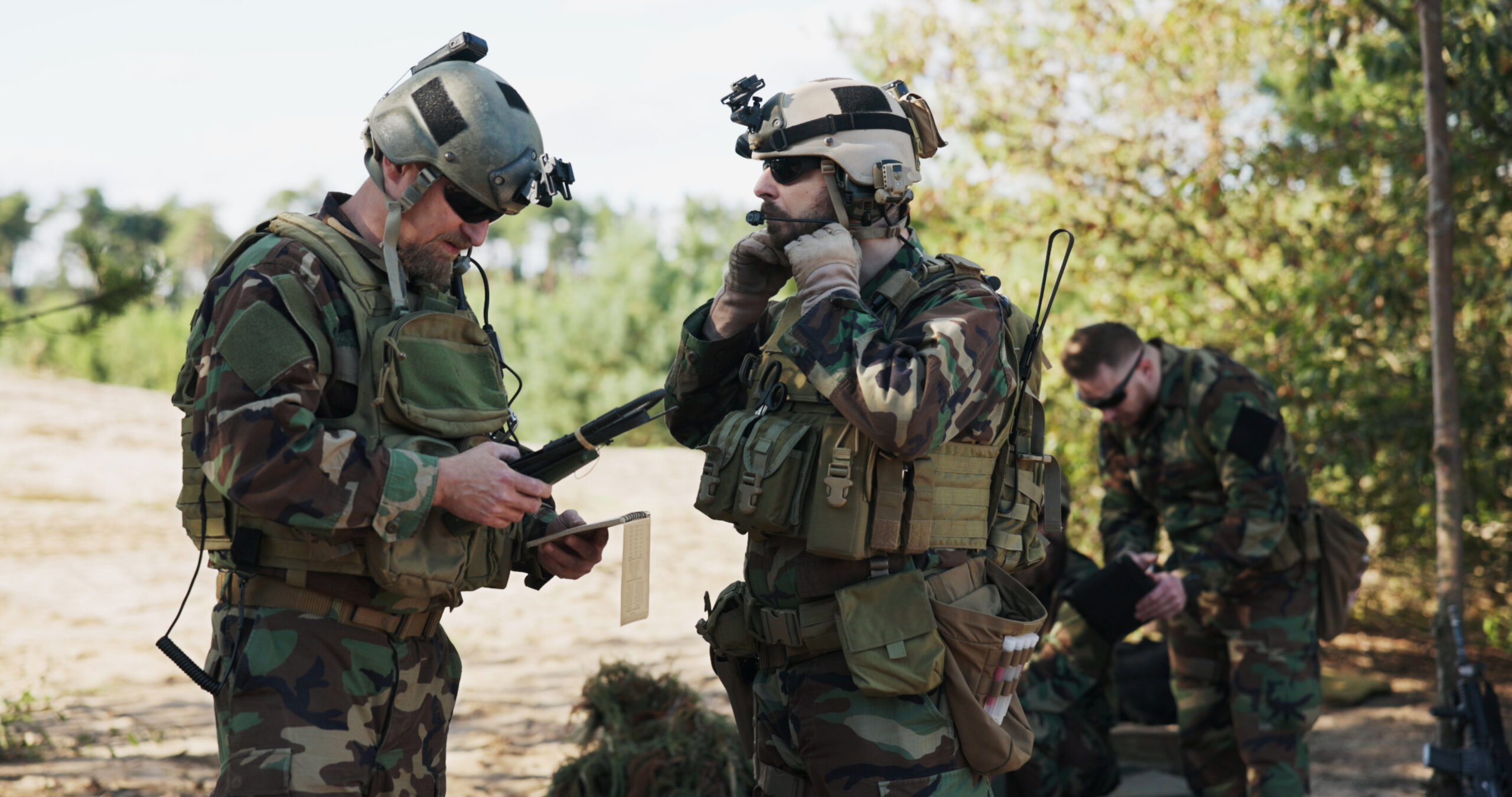In modern warfare, communication isn’t just a tool; it’s a weapon. Technological innovations have allowed the communications field to expand rapidly over the last few decades. This expansion has enabled military professionals to share information and make informed decisions across a global theater of operations, but it is not without its challenges and limitations.
Almost all conflicts in recent decades have been multinational in nature. Wars are fought primarily through coalitions of forces as opposed to single opposing forces on each side of a conflict. Coalition forces bring enormous resources, personnel, and equipment to a fight, but they can also cause friction. One of the more common sources of friction is a lack of interoperability in communication systems.
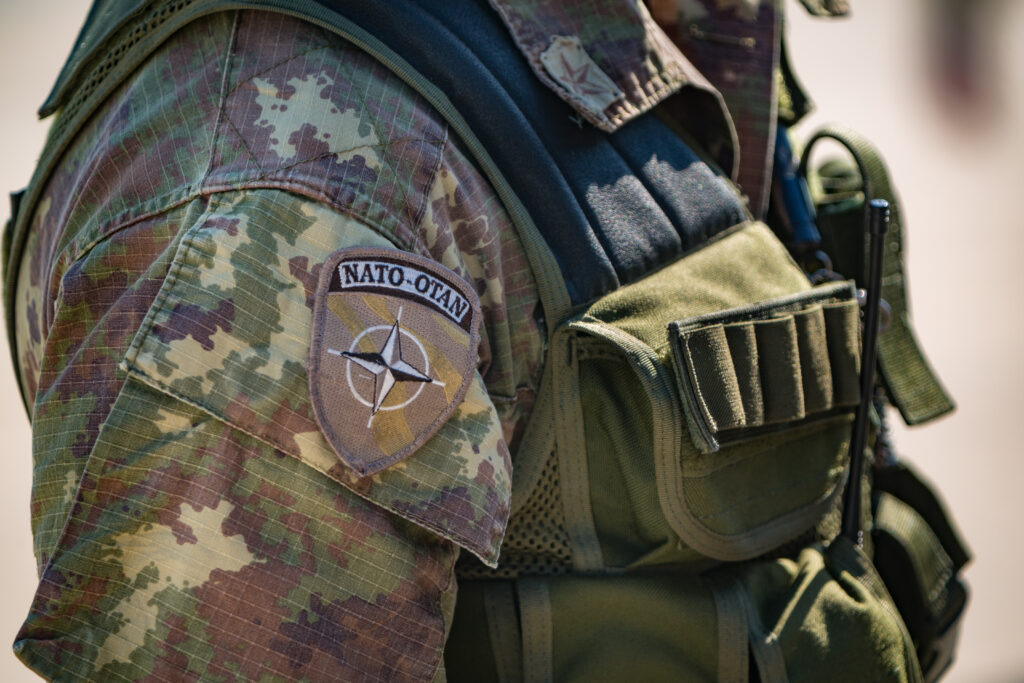
When militaries worldwide participate in coalition forces, such as NATO’s International Security Assistance Force (ISAF) in Afghanistan, establishing networks that can rapidly and securely communicate with each other can be a significant challenge. NATO’s current solution to this problem is Federated Mission Networking (FMN). FMN is a great solution for addressing the problems associated with establishing interoperability in communication systems, but it also presents its own challenges. In this article, we will identify those challenges and discuss how to overcome them.
Key Challenges in Implementing FMN
While each conflict presents its own unique challenges to implementing FMN, most challenges fall under one of three categories.
- Technical challenges
- Operation and logistics challenges
- Political and bureaucratic challenges
Technical challenges are perhaps the most common. Modern communication systems are made up of sophisticated equipment, and getting different systems to talk to each other can be a real headache. In a multinational force, one often runs into diverse and legacy communication systems. Many of the legacy systems used by some member countries can be incompatible with modern FMN standards. It is not uncommon for some militaries to be using equipment that is decades old and cannot interface with modern digital equipment. This creates huge gaps in interoperability.
Cybersecurity risks are also associated with technical challenges. As data is shared between multinational forces, the risk of cyberattacks increases. The speed at which modern combat moves forces commanders to strike a balance between the need to share information and the need to protect it. Depending on where this balance is struck, supporting FMN initiatives might be difficult.

A final technical issue is evident regarding bandwidth and network latency. Modern combat operations place enormous demands on bandwidth. When you add to this the challenges of operating in environments such as deserts or mountainous regions, communication networks can experience significant latency issues, putting additional pressure on the FMN model.
Operational and logistic challenges further complicate the implementation of FMN. First is the need to standardize procedures across coalition members. In the case of NATO, each nation comes to the table with its own set of SOPs. Without a universal framework, every deployment is subject to some level of technical improvisation. FMN seeks to provide that framework.
Training and knowledge gaps also fall under operational and logistic challenges. Not all NATO members have equal training and capabilities. Some forces are very experienced in deploying and using sophisticated equipment. They spend massive amounts annually on their military to support this level of expertise and capabilities, but that isn’t a reality for everyone.
For example, in 2023, the United States spent approximately $820.3 billion on its military, while another NATO member, Albania, spent approximately $397.6 million. Clearly, given a disparity like this, one must assume there will be significant differences in communication capabilities. Yet, FMN still needs to make sure both forces can communicate.
Even the most advanced communication systems are useless if they cannot survive in the harsh environments of combat. FMN must survive wherever a conflict takes it. That means military professionals need superior communications equipment. It also means the procedures developed around FMN must survive these environments, too.
As if these challenges weren’t enough, political and bureaucratic pressures can further stress the FMN model. Some nations have concerns over FMN when it comes to the sharing of classified or otherwise sensitive information. Budget constraints and funding challenges are also factors. Some governments have enormous defense budgets that can easily integrate FMN initiatives, while others may not have the resources to meet the demands of FMN.
Even when governments have the resources to support FMN, the defense procurement process can be too slow, preventing the rapid adoption of innovative technology. The United States, for example, has the largest defense budget in the world, yet according to the Government Accountability Office, the Department of Defense (DoD) is experiencing significant slowdowns in its acquisition process.
Solutions to Overcome FMN Implementation Challenges
Solutions to technology-based challenges start with the coordination of interoperability standards. If you are fortunate enough to have equipment that facilitates interoperability, you have a competitive advantage. Beyond the equipment, NATO is using a spiral product development process to continuously improve FMN. The guidelines they have developed are scalable and designed to facilitate the integration of new equipment into the system with minimal friction. Member nations are now required to certify FMN compliance during the procurement of new systems.
To combat the challenges associated with security risks, FMN has adopted end-to-end encryption, zero-trust security models, and AI-driven threat detection systems. AI tools not only help detect when attacks occur but also predict when and where they might happen. These advanced measures help make FMN ready for the technical challenges of future conflicts.
For problems associated with bandwidth and latency, FMN is embracing emerging technologies like 5G, satellite communications, and edge computing. These innovations ensure that FMN systems remain operational even in remote or infrastructure-poor environments.
On the operational and logistical side, challenges faced by FMN can be addressed through a combination of training and equipment. Anyone who has ever served in the military has heard the phrase, “You train the way you fight.” NATO has developed standardized training courses and integrated FMN training into multinational exercises. A combination of virtual simulations and live exercises are being employed to ensure familiarity with FMN systems before they are needed in the field.
For equipment, the best solution is for member nations to adopt platforms that facilitate easy interoperability. Mobile communications systems built for austere environments are ideal.
While political and bureaucratic challenges can be some of the more difficult to overcome, they don’t have to derail the efforts of FMN. Building trust among member nations and NATO partners is key. If intel is to be shared efficiently, member nations must develop transparent data-sharing policies and interoperability agreements. The structure of FMN already facilitates the initiation of this process, but every nation must remain proactive in fostering an environment of trust when participating in shared communication networks.
When seeking to overcome bureaucratic hurdles, cost-effective solutions through public-private partnerships are often the most effective course of action. Commercially developed technologies, when adapted for military use, offer scalable and affordable alternatives to traditional defense procurement models.
FMN is the future of multinational coalition warfare. While FMN offers military commanders the ability to rapidly and securely share information, it has significant challenges that must be overcome. A collection of technical, operational, logistical, political, and bureaucratic hurdles must be addressed for FMN to succeed. With the adoption of standardized operating procedures (SOPs), proper training, and the right equipment, FMN can successfully support the future of battlefield communications.
